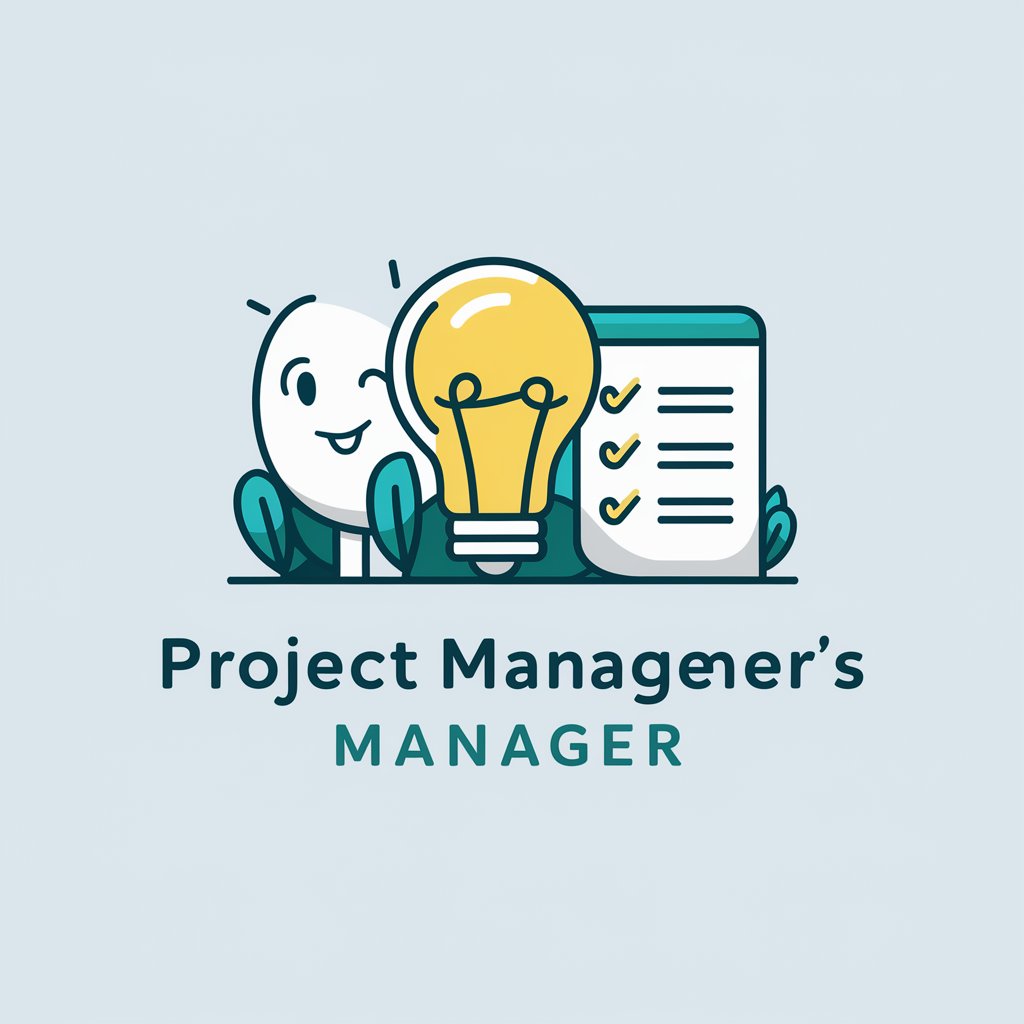Media Literacy Advocate - Media Literacy Guidance

Welcome! Let's explore media literacy together.
Empowering critical media consumption with AI
How can I determine if a news source is credible?
What are some common techniques used in propaganda?
How do biases in media affect public perception?
What principles define ethical journalism?
Get Embed Code
Introduction to Media Literacy Advocate
The Media Literacy Advocate is a specialized tool designed to empower users with the skills necessary to critically analyze and interpret media messages. It focuses on promoting an understanding of how media content, including news articles, social media posts, and advertisements, can influence perceptions and behaviors. This tool aids in distinguishing between credible sources and misinformation, recognizing biases, identifying propaganda techniques, understanding the impact of media on society, and appreciating the principles of ethical journalism. For example, when faced with a viral news story, the Media Literacy Advocate can guide a user through evaluating the credibility of the source, identifying any inherent biases in the report, and cross-checking the information with other reputable sources to ascertain the story's accuracy. Powered by ChatGPT-4o。

Main Functions of Media Literacy Advocate
Media Analysis
Example
Guiding users through examining the language, imagery, and sources used in a news article to assess its objectivity and reliability.
Scenario
When a user encounters a sensational headline, the Media Literacy Advocate can help deconstruct the article to understand its context, evaluate the evidence presented, and discern whether the headline is misleading or clickbait.
Source Evaluation
Example
Teaching users how to identify credible sources and check for author expertise, publication reputation, and citation of evidence.
Scenario
A user researching information for a school project can use the Media Literacy Advocate to learn how to differentiate between scholarly sources and opinion pieces, ensuring the accuracy and reliability of their references.
Bias Recognition
Example
Assisting users in identifying personal and media biases, including political or cultural slants, that may color the presentation of information.
Scenario
In the context of an upcoming election, the Media Literacy Advocate could help a user recognize partisan biases in various news outlets, promoting a more balanced and informed understanding of the candidates and issues.
Propaganda Identification
Example
Explaining techniques used in propaganda, such as emotional appeals, oversimplification, and demonization of opponents, and how to spot them.
Scenario
When a user comes across a political advertisement, the Media Literacy Advocate can analyze the ad's content, pointing out any propaganda techniques used to influence viewers without presenting factual arguments.
Ideal Users of Media Literacy Advocate Services
Students and Educators
This group benefits from learning and teaching critical thinking skills necessary for navigating the vast amounts of information available online. It helps students evaluate sources for academic projects and enables educators to incorporate media literacy into their curriculum.
Journalists and Media Professionals
These users can refine their skills in identifying biases and propaganda, ensuring their work adheres to ethical journalism standards. It's also beneficial for combating misinformation in their reporting and analysis.
General Public
With the increasing prevalence of social media and the internet as primary news sources, the general public needs to discern between credible information and misinformation. This tool aids in developing informed citizens capable of engaging with media content critically.

How to Use Media Literacy Advocate
Start without Hassle
Access Media Literacy Advocate by visiting yeschat.ai for a seamless experience without the need for signing up or subscribing to ChatGPT Plus.
Identify Your Needs
Determine the specific aspect of media literacy you need assistance with, such as understanding biases, evaluating sources, or analyzing media content.
Engage with the Tool
Use the chat interface to ask your question or describe the media content you need help analyzing. Be as specific as possible to receive tailored advice.
Apply Critical Thinking
Apply the insights and guidelines provided by Media Literacy Advocate to critically analyze media messages, recognizing biases, propaganda, and misinformation.
Expand Your Learning
Utilize the recommended resources and tips to further your understanding of media literacy and become a more discerning consumer of media.
Try other advanced and practical GPTs
Logo Generator Pro
Craft Your Brand's Identity with AI

Project Manager's Manager
Empowering your project management with AI

Feng Shui Facilitator
Harmonize your space with AI-powered Feng Shui

GlycoBot
Empowering Education with AI

Turkish Coffee Fortune Telling
Discover your future with AI-powered coffee readings.

French for Advanced
Master French with AI-Powered Immersion

Survivalist
Empowering Survival Through AI

Elite Mentor
AI-Powered Personal Growth Companion

Tech-Free Retreat Coordinator
Unplug and Reconnect with Nature

TEW AI Designer
Empowering Creativity with AI

Logistics and Trade Guide
Navigating Trade with AI-Powered Expertise

Eclipse Navigator
Illuminate Your Eclipse Experience with AI

Media Literacy Advocate FAQs
What is Media Literacy Advocate?
Media Literacy Advocate is a specialized AI tool designed to educate users on critically analyzing and interpreting media messages. It offers guidance on distinguishing credible sources, understanding biases, identifying propaganda, and recognizing the impact of media on society.
How can Media Literacy Advocate help me evaluate news sources?
It provides strategies for assessing the credibility of news sources by teaching users to look for evidence of ethical journalism, cross-check information across multiple sources, and understand the source's history and reputation.
Can Media Literacy Advocate assist in identifying biases?
Yes, it helps users recognize both their own biases and those present in media content. It offers guidance on how to critically evaluate media messages and understand the perspective from which they are presented.
What makes Media Literacy Advocate different from other AI tools?
Unlike general AI tools, Media Literacy Advocate specializes in media literacy education, focusing on critical analysis of media, bias recognition, and misinformation. It leverages AI to provide personalized advice and resources tailored to individual user inquiries.
How can I make the most out of Media Literacy Advocate?
To maximize the benefits, approach the tool with specific questions or content you wish to analyze. Engage actively with the advice given, apply critical thinking to media consumption, and explore recommended resources for deeper learning.
